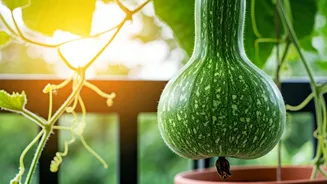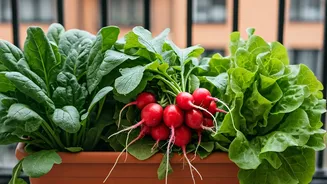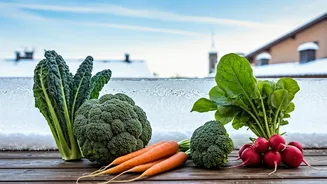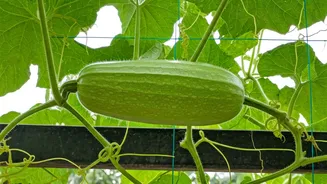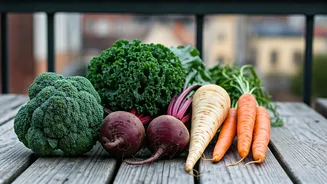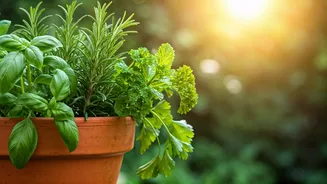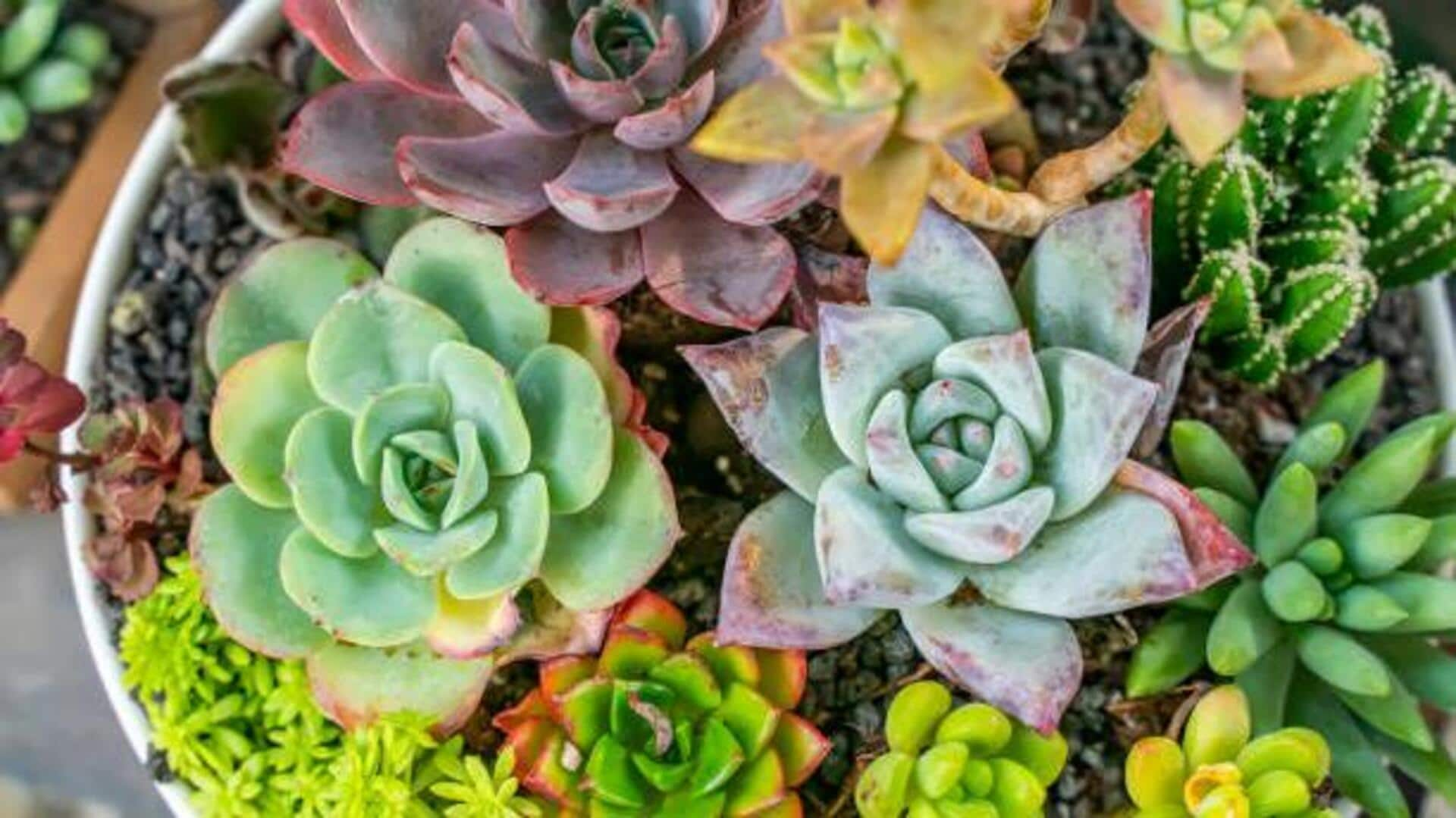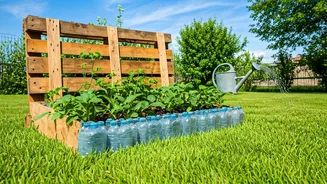Choose Right Spot
The initial step involves selecting the ideal location for your bottle gourd plant. Lauki thrives in sunlit areas, requiring at least six hours of direct
sunlight each day. Consider the layout of your balcony and identify the spot that receives the most sunshine. Additionally, provide ample space, as bottle gourd vines can spread considerably. If growing in pots, opt for large containers to accommodate the plant's root system. Ensuring proper drainage is essential to prevent waterlogging, which can harm the plant. With these considerations, you lay the foundation for a successful lauki harvest.
Select the Seeds
Choosing the right seeds is critical for a successful lauki harvest. Look for high-quality bottle gourd seeds from a reputable source. Consider the variety of lauki you wish to grow; some may be more suited to your climate or personal preferences. Whether you choose long, round, or other varieties, ensure the seeds are fresh and disease-free. Planting seeds directly into pots or using a seed tray for seedlings offers flexibility. If you're starting seedlings, transplant them to larger containers once they develop a few true leaves. This careful seed selection process directly impacts the health and productivity of your lauki plants.
Prepare the Soil
Preparing the soil correctly is a fundamental aspect of growing lauki. Use well-draining, fertile soil enriched with organic matter like compost or aged manure. Lauki plants prefer slightly acidic to neutral soil pH levels. In pots, ensure the soil is loose to allow for easy root growth. You can amend the soil with a slow-release fertilizer at the time of planting to provide essential nutrients. Avoid waterlogging by ensuring the pots have drainage holes. Proper soil preparation provides the foundational nutrients needed for robust plant growth and high yields of lauki.
Water and Care
Consistent watering is crucial for lauki cultivation. Water your plants deeply and regularly, especially during dry spells, but avoid overwatering, which can lead to root rot. Check the soil moisture level before watering, and water when the top inch of soil feels dry. Lauki plants also benefit from regular fertilization, feeding them with a balanced liquid fertilizer every two to three weeks during the growing season. Support the vines by providing a trellis or other structure for them to climb. Regular pruning of dead or yellowing leaves can improve air circulation and reduce the risk of disease. Consistent care ensures healthy growth and a bountiful harvest.
Harvesting Lauki
Harvesting lauki at the right time is essential for optimal flavor and texture. Typically, bottle gourds are ready to harvest approximately 60-90 days after planting, depending on the variety. The best time to harvest is when the gourds are young and tender. The skin should be smooth and the flesh should be soft. Use a sharp knife or pruning shears to cut the gourds from the vine, leaving a small stem attached. Handle the gourds carefully to avoid bruising. Harvesting regularly encourages the plant to produce more fruit. Enjoy your fresh, homegrown lauki in various dishes, from curries to stir-fries!
